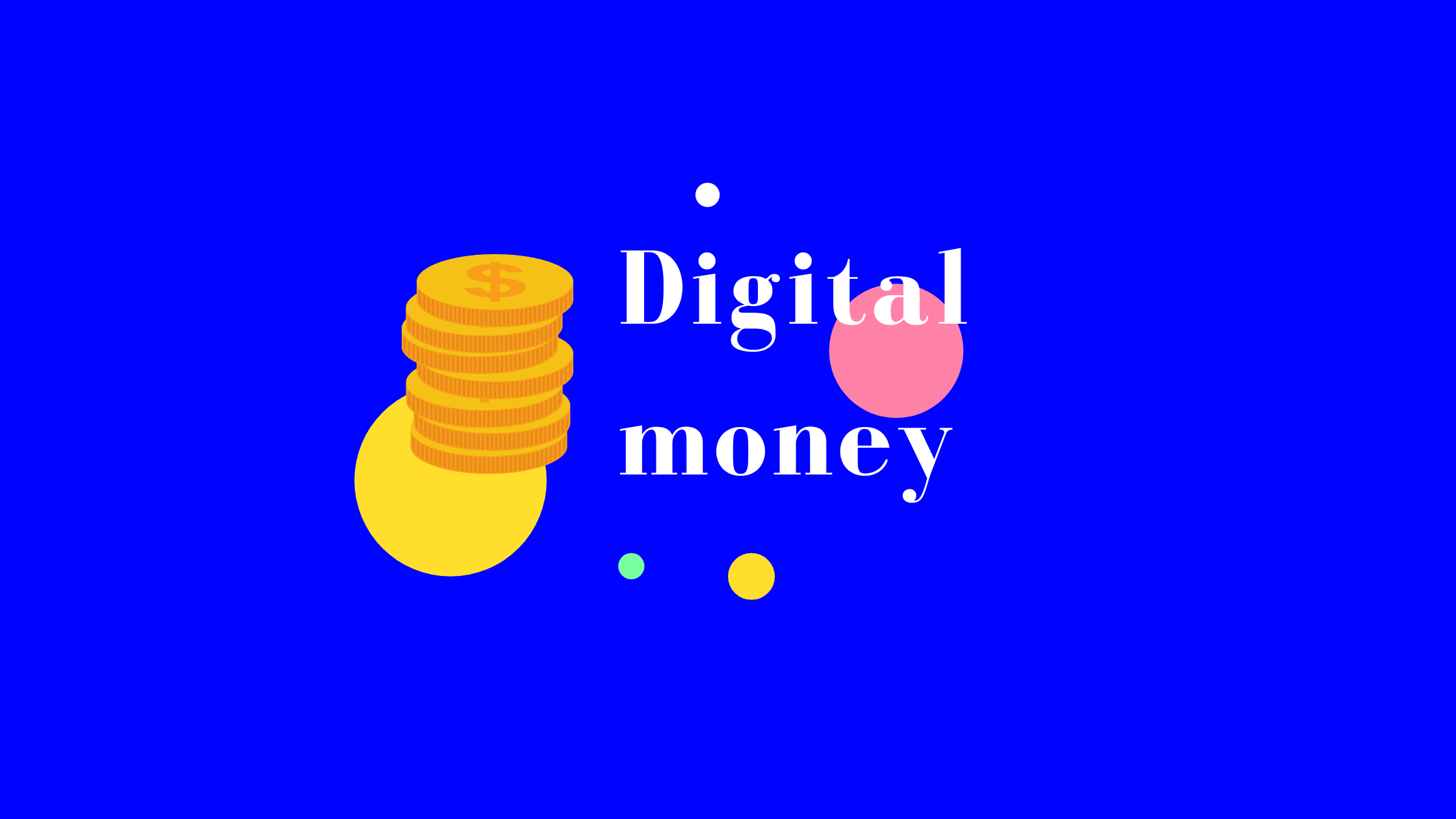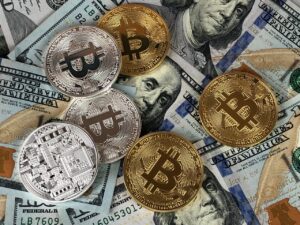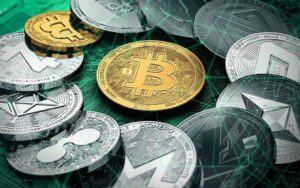Did you know that the NFT market was a $22 billion industry in 2022?
If you’ve been keeping tabs on the latest tech trends, you’ve undoubtedly heard about crypto NFTs, or Non-Fungible Tokens.
These unique digital assets have taken the world by storm. They capture the attention of artists, collectors, and investors alike.
In this artist guide, we will dive deep into the realm of NFTs. We will break down their complex nature.
Lastly, we will provide you with a comprehensive understanding of their value, uses, and potential impact on the digital landscape. Keep reading if you want to find out more.
What Are Crypto NFTs?
NFTs are a type of crypto token. They represent unique digital assets on a blockchain. Traditional cryptocurrencies are fungible and interchangeable.
But each NFT has a distinct value. This means that you can’t exchange them on a one-to-one basis.
These secure tokens provide a new way to authenticate and prove ownership of digital assets. Here are several examples of the most common types of NFTs.
Digital Art
NFTs have revolutionized the art world. They provide artists with a way to sell their creations as unique digital assets.
Digital art pieces, when minted as NFTs, can be bought, sold, and traded on various platforms. This allows artists to reach a global audience and enables collectors to invest in digital masterpieces.
Virtual Real Estate
NFTs can represent ownership of virtual land and properties within online metaverses.
This has created an entirely new market. Investors buy and sell virtual parcels, develop digital structures, and even lease spaces to generate income.
Collectibles
Digital collectibles, such as trading cards, action figures, and in-game items, can be minted as NFTs. This gives them a unique value and rarity.
This provides those who are interested in buying digital art with a secure way to trade and showcase their collections online.
Domain Names
As the digital world expands, owning a unique domain name becomes increasingly valuable.
NFTs can represent ownership of domain names. This ensures that the owner has the exclusive right to use it and transfer it securely.
Event Tickets
NFTs can be used to represent event tickets, providing a secure and tamper-proof way to issue, sell, and transfer access to concerts, sporting events, or conferences.
This also opens up opportunities for unique digital experiences and memorabilia connected to these events.
1. There Is a Difference Between NFTs and Cryptocurrencies
Cryptocurrencies, like Bitcoin and Ethereum, are fungible. They facilitate transactions and store value. NFTs, however, represent unique digital assets and they are non-fungible.
While cryptocurrencies function as digital currencies, NFTs focus on proving ownership and authenticity of individual digital items.
2. Not Just for High-End Collectors
NFTs offer opportunities for artists and collectors across the spectrum, not just for high-end collectors.
They democratize the art world. This is because they enable creators to showcase and monetize various kinds of art. Their reputation or geographical location does not matter.
This opens doors for emerging artists and allows collectors with different budgets to invest in unique digital assets.
Furthermore, NFTs aren’t limited to art. They encompass a range of digital assets, making them accessible and appealing to a broader audience.
3. They Have Been Around for a While
NFTs have been around since 2012, with the first known instance being the project “Colored Coins.”
But it wasn’t until 2017, with the launch of CryptoKitties, that NFTs gained significant attention.
The mainstream adoption of NFTs as a secure token for digital assets has accelerated in recent years, driven by high-profile sales and celebrity endorsements.
Many people did not hear about NFTs until recently because their early applications were niche, and the technology itself was still evolving.
The rapid development of blockchain technology, growing interest in digital art, and expanding use cases have now propelled NFTs into the limelight.
4. Investing in NFTs Can Be Risky
The NFT market can be risky for uninformed investors. This is because of its volatile and speculative nature.
As a relatively new market, NFTs are subject to rapid fluctuations in value, which can lead to significant losses for investors who lack a deep understanding of the assets they’re purchasing.
Moreover, the hype surrounding certain NFTs can create unsustainable price bubbles that may eventually burst. This might leave investors with overvalued assets.
The lack of standardization and potential for counterfeit NFTs adds another layer of risk.
Investors must conduct thorough research, understand the underlying value of NFTs, and exercise caution when entering this market.
5. Not Always Environmentally Friendly
Some NFTs are not environmentally friendly. This is because of their association with energy-intensive blockchain networks, particularly those based on Proof of Work (PoW) consensus mechanisms.
The process of minting, trading, and securing NFT transactions on these networks requires a significant amount of computational power. This in turn consumes vast amounts of electricity.
This energy consumption often relies on non-renewable sources, leading to increased carbon emissions and contributing to climate change.
However, efforts are being made to address this issue by developing more energy-efficient consensus mechanisms and utilizing renewable energy sources to power blockchain networks.
What to Know About Crypto NFTs
Many people are interested in investing in crypto NFTs. But before doing this, there are several important things that you should know.
Understand that there is a difference between crypto and NFTs. You should also keep in mind that NFTs are not just for high-end collectors. Lastly, not all NFTs are environmentally friendly.
Do you want to find out more about NFT collecting? If so, make sure to check out the Technology section of our website.




